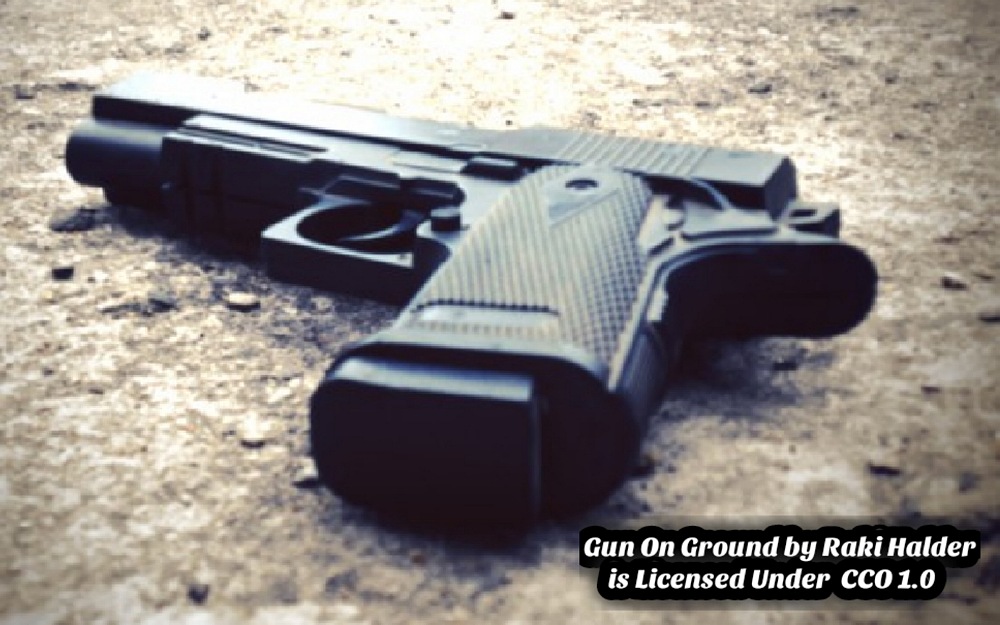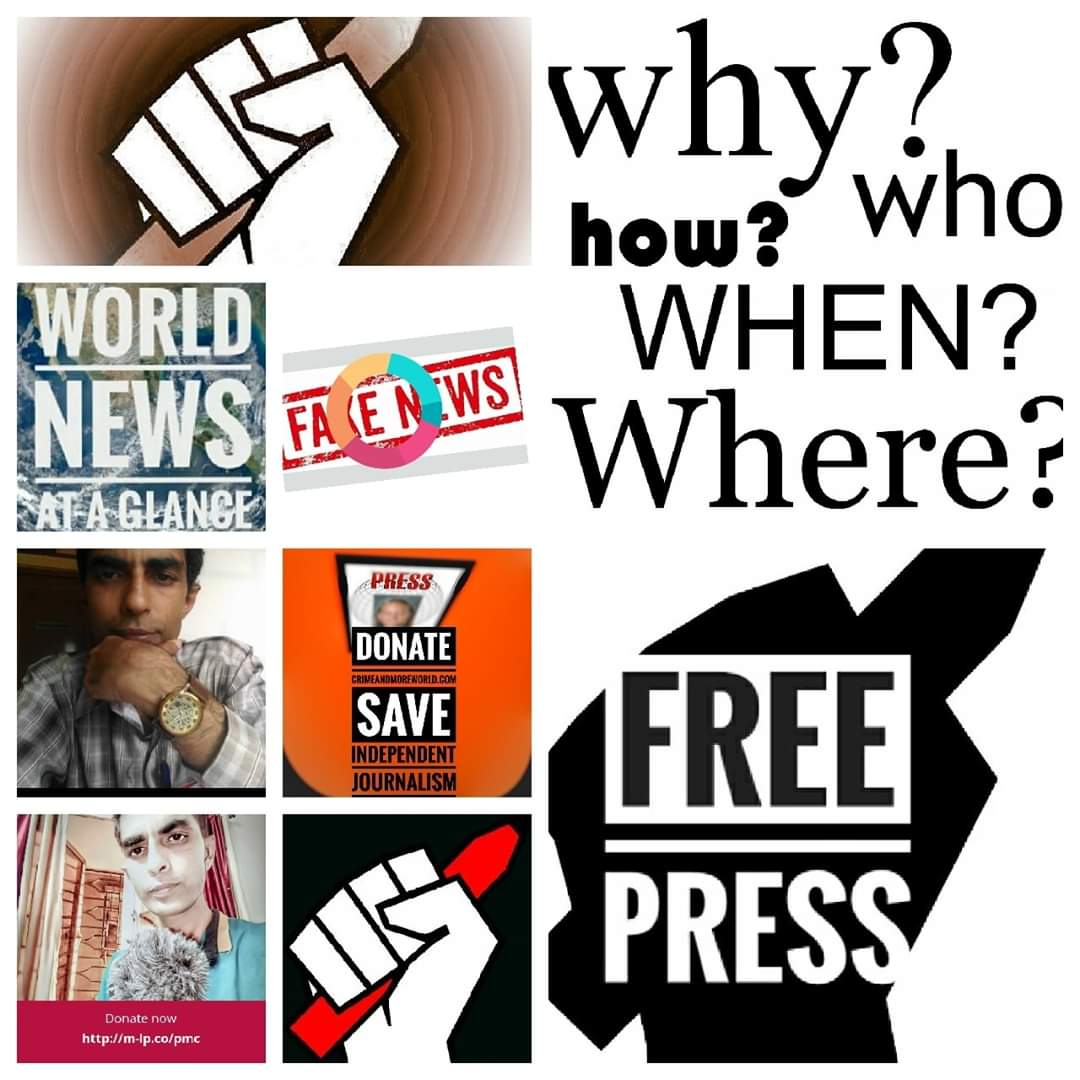By Debdutta Ghosh

The saga surrounding the killing of 8 policemen by gangster Vikas Dubey in the Northern Indian state of Uttar Pradesh and his subsequent surrendering and killing in a police encounter has once again brought to light the nexus between gangsters and criminals, the police and politicians in India.
This has been further illustrated and highlighted by the discovery of a letter that was sent to superiors by the former Deputy Superintendent of Police D. K. Mishra, who was killed by the gangster Dubey, in which the policeman had revealed links between his people within the police and the gangster. It also underscores the extent of the nexus between criminals and police, and mpost of ten political leaders in India.
In the letter, the police officer had revealed how some policemen helped he gangster to not only run his crime machine unhindered, but also drew attention towards evidences that showed that the gangster was being tipped off by some policemen about the botched-up raid to arrest him.
There are examples galore in the Indian crime world of gangsters thriving with the help of the police and politicians – who strengthen the links for their own political ends. It is also no secret that voters are influenced and threatened by politicians with the help of gangsters during elections in India. In exchange, these political leaders provide security from the law once they get elected. Criminals typically have a free run as they are aided and abetted by the elected representative.
The rise of Dubey as a gangster also highlights the pattern of nexus between gangsters, the police and politicians. Having started off as a petty criminal, Dubey soon began to dabble in politics and even got elected at the panchayat level on several occasions. This also helped him to further strengthen his bond with the police.
In India, the criminal-politician-police nexus is not anything new. It is not only scholars and researchers but even by the government has documented the links between.
The Vohra Committee appointed by the government in the early nineties was aimed to make suggestions to the government to deal with the menace of the nexus between gangsters, police and politicians. The report had clearly highlighted the manner in which many gangsters run a parallel government.
Further, the Supreme Court of India has also passed several orders to try and curb this unholy nexus. But there has hardly been any salutary effect as has been revealed in the Vikas Dubey case. Critics have argued that there is little political and administrative will in India to permanently break this nexus.
After the VIkas Dubey saga, the local government of Uttar Pradesh has initiated inquiry against more than 200 policemen to probe their possible links with the gangster.
About 19 years ago, Vikas Dubey had shot dead a BJP leader Santosh Shukla in broad daylight inside a police station in Uttar Pradesh. Even though he was arrested after two years of the incident, he was set free after two years following witnesses, most of whom were policemen, had turned hostile.
This trend is not limited to the state of Uttar Pradesh only.
In July 2017, the then outgoing Director General of Police of Kerala T.P. Senkumar had said: “There are more criminals in the Kerala police at the IPS level than at the civil police officers’ level”. “If 1% of civil police officers (constables) have a criminal nature, this number reaches 5% at the IPS level,” he had said while speaking after the farewell parade,
In 2015, the former Union home secretary R.K. Singh had spilled the beans on how the efforts of the administration to nab the most wanted fugitive of the country Dawood Ibrahim was compromised by a section of the police. According to that revelation, the government back then had roped in some elements from the Chota Rajan gang and they were being trained at a secret location outside Maharashtra. But some officers of the Mumbai police, who were reportedly on the payroll of the D-company, the criminal gang run by Dawood, had reached the training camp with arrest warrants for those covert operatives engaged in the act by the government. Thaht had botched up the plans to nab Dawood.
According to analysts, it is not possible for this police-criminal nexus to survive and prosper without the involvement and patronage of some politicians, some of whom are even top ranked in the political hierarchy.
It is also not uncommon in India to witness sudden emergence of videos and pictures of police officers and politicians hobnobbing with gangsters, shaking hands, or even partying. These create temporary uproar in the traditional and social media. What follows is the usual drama of suspending the officers, and sometimes the involved politicians. But after some time, as the media uproar fades, its back to business as usual. Many of the policemen are reinstated and politicians contest elections as if to illustrate that nothing had happened.
This gangster-police-politician nexus is perhaps most prominently and aptly in the Vohra Committee report which stated:
“The nexus between the criminal gangs, police, bureaucracy and politicians has come out clearly in various parts of the country. The existing criminal justice system, which was essentially designed to deal with the individual offences/crimes, is unable to deal with the activities of the Mafia; the provisions of law in regard economic offences are weak…”
Escaping from Scam Center on Cambodia’s Bokor Mountain
UN Security Council Meets to Discuss Children and Armed Conflict
10 Shocking Revelations from Bangladesh Commission’s Report About Ex-PM Hasina-Linked Forced Disappearances
Migration Dynamics Shifting Due to New US Administration New Regional Laws
UN Security Council Meets to Discuss the Maintenance of International Peace and Security and Artificial Intelligence
Winter Brings New Challenges for Residents living in Ukraine’s Donetsk Region
Permanent Representative of Israel Briefs Press at UN Headquarters
Hospitals Overwhelmed in Vanuatu as Death and Damage Toll Mounts from Quake
Subscribe Our You Tube Channel
Fighting Fake News
Fighting Lies

















